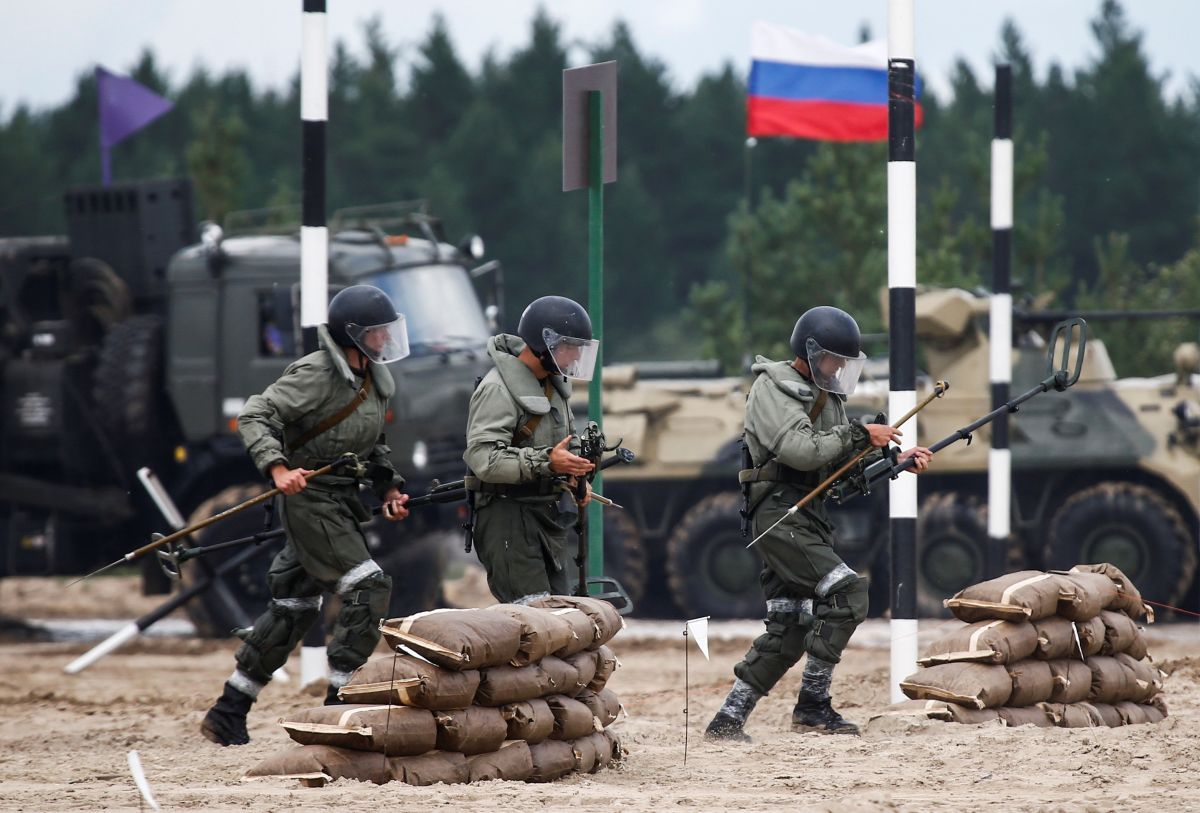
"There is no indication that Russia is seeking a large-scale conflict with a near-peer or peer competitor, and indeed it appears Russian leaders understand the disadvantages Russia faces in the event of a prolonged conflict with an adversary like the North Atlantic Treaty Organization (NATO)," defense analyst Scott Boston and defense policy researcher Dara Massicot said in a primer titled "The Russian Way of Warfare," released on January 1, 2018.
"Nor is there any indication that the United States, any European state, or China are preparing to launch an attack against Russia, a country that retains a substantial nuclear arsenal and, as will be noted, considerable conventional defenses," the document said.
According to the analysts, Russia's military has improved to the extent that it is now a reliable instrument of national power that can be used in a limited context to achieve vital national interests.
Read alsoUkraine's defense intelligence: Russian-controlled militants getting ready for offensive in Donbas"Russia's capability has not improved to the extent that Russian leadership would use it against a near-peer adversary in the absence of a clear external threat to the survival of the Russian state. However, these new capabilities provide Russian leadership with more options to assert its positions and support national interests and are worth examining simply to better understand how Russia would fight. Russia's forces are primarily postured to defend their homeland, particularly key population centers and industry," the research said.
RAND says Russia views its efforts to seize Crimea and to destabilize eastern Ukraine as strategically defensive actions: The intent was to preserve the correlation of forces around Russia's borders, to continue to keep Ukraine as a buffer, and to prevent Ukraine becoming too closely aligned with NATO. "Clearly, Ukraine would not share the view that Russian actions were defensive in nature," the analysts said.
Describing key characteristics of Russian warfare, RAND's researchers predict that conventional and unconventional warfare approaches will likely be mixed in many potential conflict scenarios; special operations forces, paramilitaries, and sympathetic civilians may provide targeting, situational awareness, and some harassment capabilities throughout the battlespace.
At the operational and tactical levels, Russia will likely focus on disrupting, degrading, or destroying adversary command and control and enemy power projection capabilities through the use of kinetic fires, cyber/electronic warfare, and direct action by maneuver forces.
According to the researchers, Russia has a limited number of long-range conventional precision strike capabilities that could be used against key operational and strategic targets, especially those at fixed, known locations.
On the ground, Russian tactics will likely reflect a heavy emphasis on massed indirect fires (particularly long-range fires), with the effects of these fires exploited by highly mobile vehicles with substantial direct fire capability.

